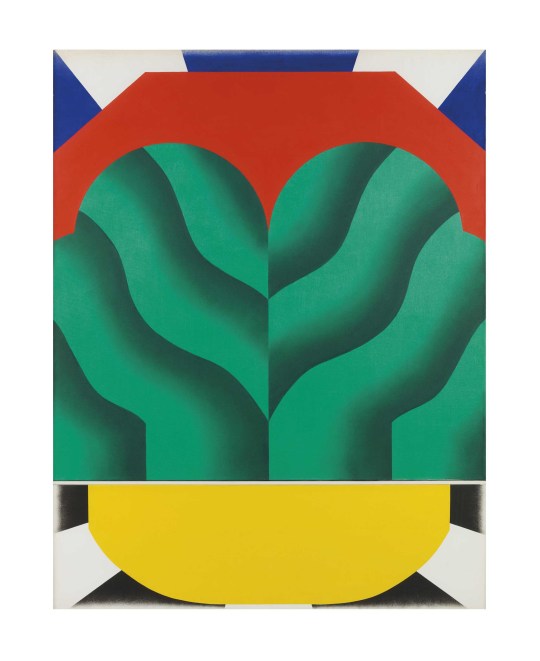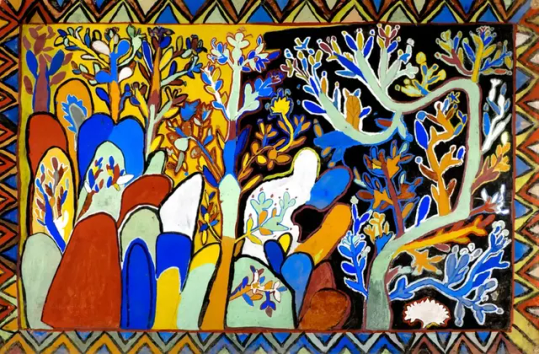Text
"Today, we tend to see the Enlightenment as the birth of our world, but, as Whatmore concludes his book by arguing, this would have been quite an unusual claim to many of those philosophers who advanced the cause of Enlightenment in the first place. Despite the ubiquity of appeals to ‘the Enlightenment’ in our political discourse, what it was remains elusive. The End of Enlightenment offers a partial answer to this long and storied question, first asked by Immanuel Kant in his 1784 essay ‘An Answer to the Question: What is Enlightenment?’. Partly drawing on the work of the late J.G.A. Pocock – to whom the book is dedicated – Whatmore reframes the Enlightenment as a project for political moderation opposed to popular government, excessive appeal to abstract reason in politics, and to the dominion of ‘systems’ over human action."
2 notes
·
View notes
Text
Georgiana was trusting enough to believe that an audience would find her work as fascinating as she did — who wouldn’t be amazed by messages formed in colour and line from the other side? Despite everything being for sale, at the advice of Mr L she priced the pictures very high; only two sold and she was almost bankrupted. Just fifty or so of her watercolours are now known to exist: most are in the collection of the Victorian Spiritualists’ Union in Melbourne, and the College of Psychic Studies in London owns seven. Yet, Georgiana was not one to be brought down by something as earthly as commercial failure. In her memoir she recalled: “And about my Gallery! my beloved Exhibition! Heavy as was the loss, never for one moment have I experienced a shadow of regret for having undertaken it.”
0 notes
Text
RIP John Barth
Moreover, like all of Borges’ work, it illustrates in other of its aspects my subject: how an artist may paradoxically turn the felt ultimacies of our time into material and means for his work — paradoxically because by doing so he transcends what had appeared to be his refutation, in the same way that the mystic who transcends finitude is said to be enabled to live, spiritually and physically, in the finite world. Suppose you’re a writer by vocation — a “print-oriented bastard,” as the McLuhanites call us — and you feel, for example, that the novel, if not narrative literature generally, if not the printed word altogether, has by this hour of the world just about shot its bolt, as Leslie Fiedler and others maintain. (I’m inclined to agree, with reservations and hedges. Literary forms certainly have histories and historical contingencies, and it may well be that the novel’s time as a major art form is up, as the “times” of classical tragedy, grand opera, or the sonnet sequence came to be. No necessary cause for alarm in this at all, except perhaps to certain novelists, and one way to handle such a feeling might be to write a novel about it. Whether historically the novel expires or persists seems immaterial to me; if enough writers and critics feel apocalyptical about it, their feeling becomes a considerable cultural fact, like the feeling that Western civilization, or the world, is going to end rather soon. If you took a bunch of people out into the desert and the world didn’t end, you’d come home shamefaced, I imagine; but the persistence of an art form doesn’t invalidate work created in the comparable apocalyptic ambience. That’s one of the fringe benefits of being an artist instead of a prophet. There are others.)
0 notes
Text

Kumi Sugai, "Parking dans Forêt au Soleil (Parking in the Forest in the Sunshine)." 1966.
0 notes
Text
All of this coded information in the cytoplasm leads us to ask: why do modern textbooks, which are supposed to present the standard, well-accepted knowledge of the day, continue to portray the cell as hierarchical in structure? Why do science journalists continue to refer to the codes and programs of genes in the nucleus when discussing how life develops and evolves?
0 notes
Text
Today's necessary noise.
1 note
·
View note
Text
Beyond the ugliness of algorithmic culture, Chayka’s problems with the digital platforms fall into roughly three categories: They make it difficult for people to develop original or unique interests, leaving them “surrounded by superabundant content, but inspired by none of it”; they reproduce gender and racial biases that are already endemic throughout society (a critique that’s articulated only half-heartedly); and they induce unhealthy emotions among their users, ranging from obsession to alienation and ennui, the seemingly hypnotized lassitude that greets the next song or show or post coughed up by the feed for mindless consumption.
0 notes
Text

Today’s necessary noise.
Širom, The Liquified Throne of Simplicity. (Self-released, 2022).
0 notes




